Every week, The Mac Weekly sits down with an arts major. This week we caught up with studio art and religious studies double major Maja Bendtsen. She hails from Aarhus, Denmark.
What kinds of art do you make?
Since coming to Macalester, I’ve worked with most mediums except printmaking and photography. I really like all of them, and I like to combine materials and artforms. I especially love ceramics, maybe because the material is so malleable. Ceramics itself is like a mixed medium, combining sculpture and 2D art. You create an object that you can draw or paint on.
I also like to make things for myself. I’ve made myself chairs and tables for furniture. I like the idea of being self-sustained, independent.
What do you most enjoy about making art?
You take some of yourself and put it into a piece and share it with someone. Although you can’t entirely predict their reactions or what they take away from it, it’s a nice venue for self-expression. And unlike in an academic paper or argument, art is a place where you can express yourself without constantly having to justify your ideas. I think it is supposed to be ambiguous. It is inventive and personal.
What themes do you express?
I do religious studies, which is very theoretical, and I have often worked to combine theory and art, trying to materialize immaterial concepts. However, the more I engage with these abstract ideas in religious studies, the more they seem to come down to some very physical fundamentals, like physical strength or physical necessities, such as food, shelter and reproduction.
I think that people tend to distance themselves from, or don’t look at themselves as, being influenced by those very basic physical necessities. They define themselves in terms of their education, their character, their intellect, as though we are creatures that are somehow above nature. I like to remind people of their physical being, and that we primarily exist physically.
What’s an example of a piece you’ve done that expresses this concept?
My current project is about ancestry and our origins in cultures that seem so different from what we would categorize as civilized by today’s standards. The project is about my Danish ancestors specifically. It’s an installation of utilitarian pieces inspired by artifacts that have been found in Denmark from the period before we became Christians. The pieces include ceramic vessels to store food, a shield and apotropaic [believed to be able to ward off evil] dragon heads that were on the front of ships to protect them on their journey, among other things.
With this installation I want to show humans’ origin in a time when culture and nature were still merged concepts, and a time when art was not a distilled object on display in a museum, but was integrated into a vessel, or a religious statue or a grave. Today, people primarily think of art and utility as two completely opposite concepts.
You can compare what I am describing about humans’ origins with Karl Marx’s concept of commodity fetishism. The theory describes our relationship to consumed objects. We don’t think about what it’s made of, who made it, where it comes from, etc. There’s a complete disconnect between the product and its origin.
How has your study of religious theory influenced your art?
I think my study of religious theory has generally informed my understanding of life and humans. It has changed the way that I understand myself. It will inevitably influence what I do in my art.
I think religious studies and even sociology can be very depressing subjects of study. It’s hard to figure out where to place yourself in the midst of all this theory and all these social problems. What do you think is right and what do you think is wrong? What’s your moral standing in this total mess? We learn over and over again that everything is relative and everything is a social construct.
So, having experienced this frustration, and contrasting it with the satisfaction and joy that I get from making material objects, I think it has informed where I want to focus my art in the future. I want to focus it on something that’s more positive and constructive, like producing something practical.
How are you involved in art at Mac or elsewhere?
I work as a studio supervisor in the 3D workshops, where I have helped build a lot of the practical things that help keep the place in order, such as shelves and safety stations. We have these “trees of safety” that have arms where you hang ear protectors and headgear, and little compartments where you can put your safety glasses. I also often help with faculty projects in the art department.
What are your interests or hobbies?
I love making things. I love to make portraits of friends and family for gifts. If I’m not making something for the purpose of art, I like to sew my own clothes and knit. And I enjoy working out, both weightlifting and cardio. Also, every Friday night I volunteer at a homeless youth shelter. I help make sure they have food available, hang out with them, talk to them about their day and assist them if they have any questions or are struggling with something.
What advice would you give to someone who is thinking about majoring in studio art?
At a liberal arts school, if you have a slight interest in anything at all, start exploring it early so that you have enough time to really build your skills and your confidence. That way you can start doing independent work sooner. I personally believe that you have to build a level of skill before you can start going crazy with your own ideas.
But be bold. Being an artist and making things is the practice of confronting someone with your ideas, so I think it’s okay to be a little confrontational. Here in the US, it is my impression that people are very sensitive to criticism of any kind. When you make art, be okay with having an opinion. It’s okay to confront someone with it and let them know that this is what you think, but also be prepared for people to disagree.


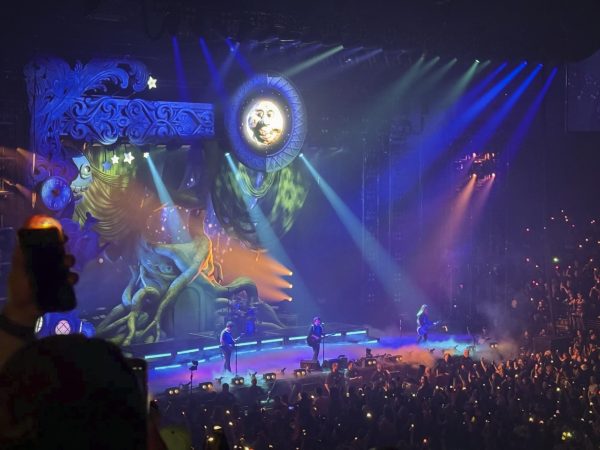
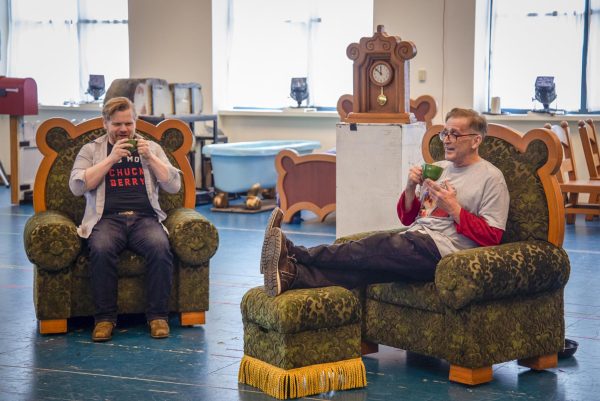
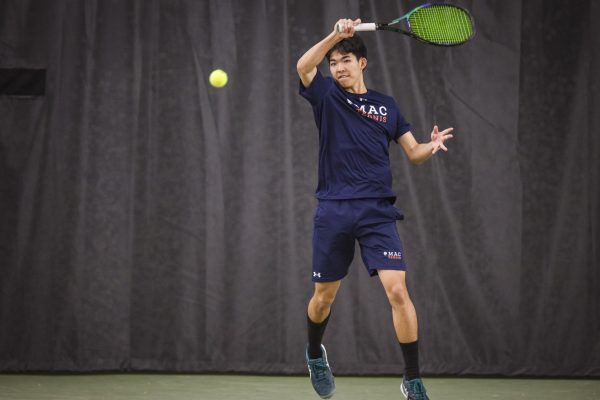

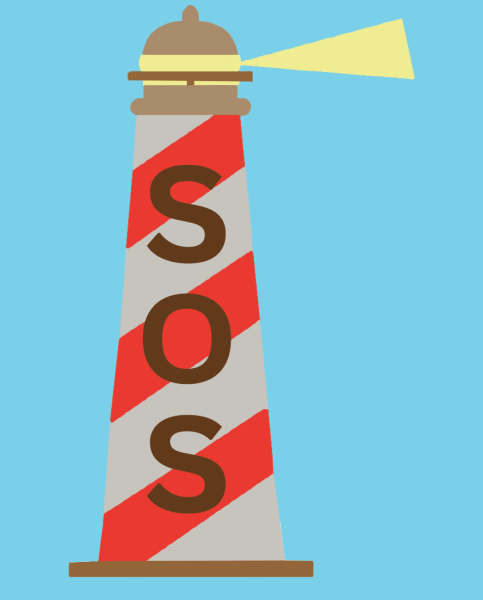





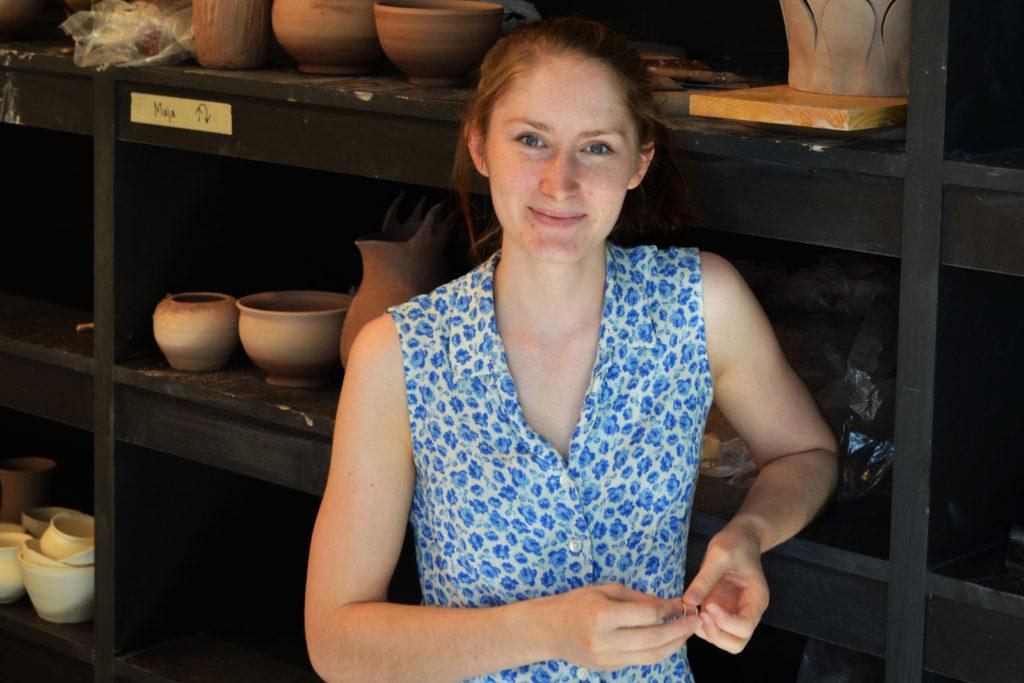
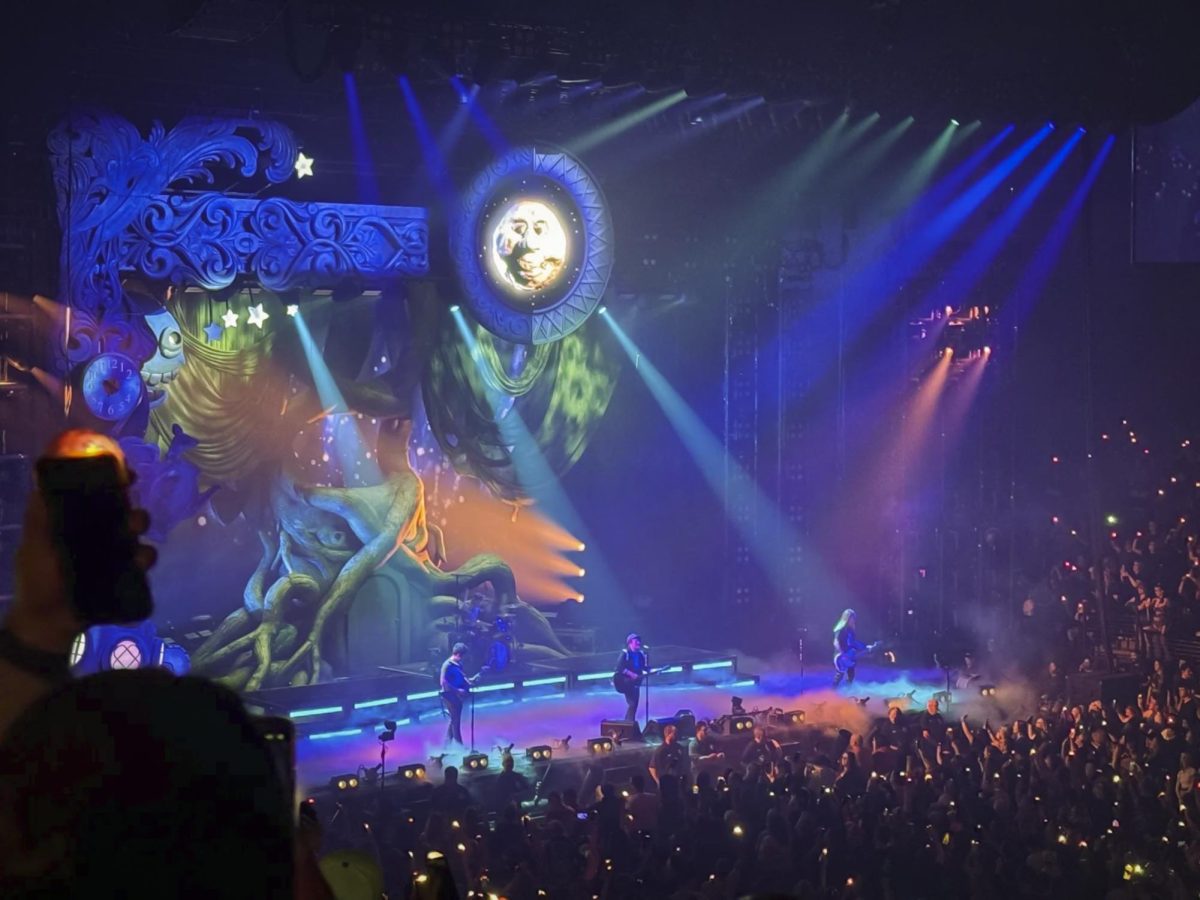
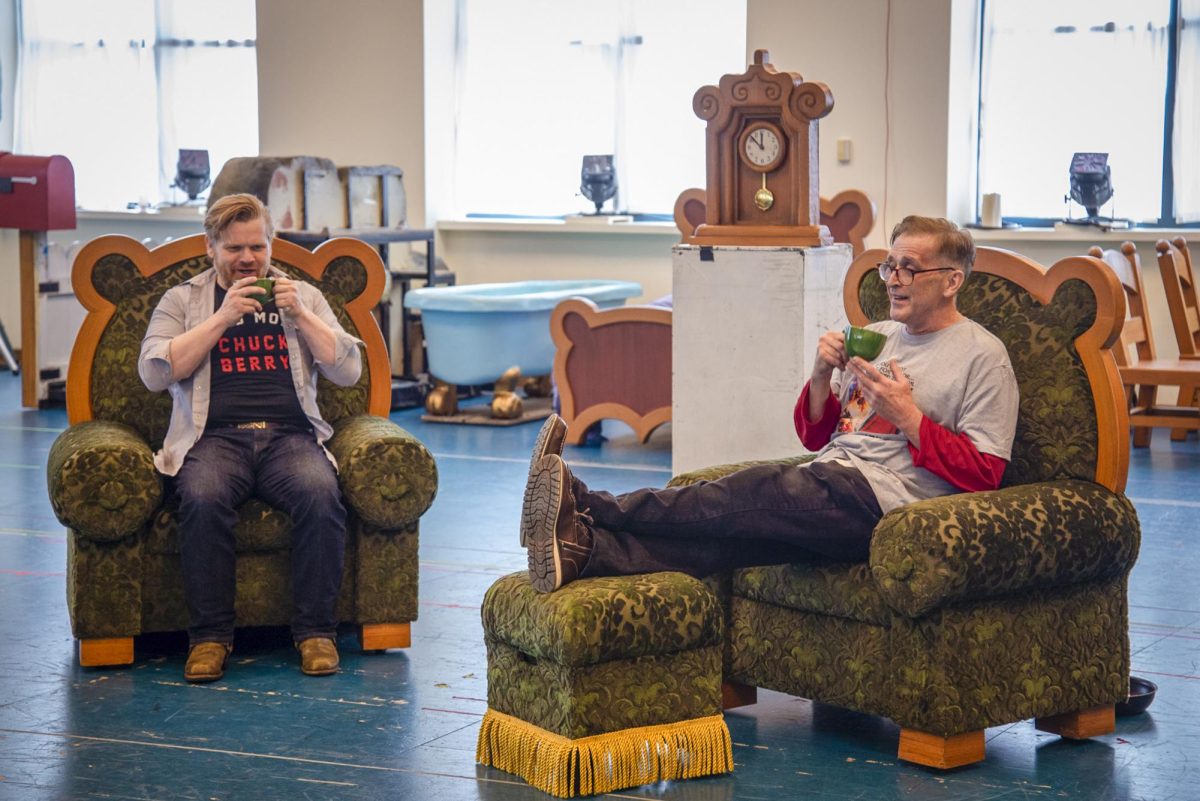
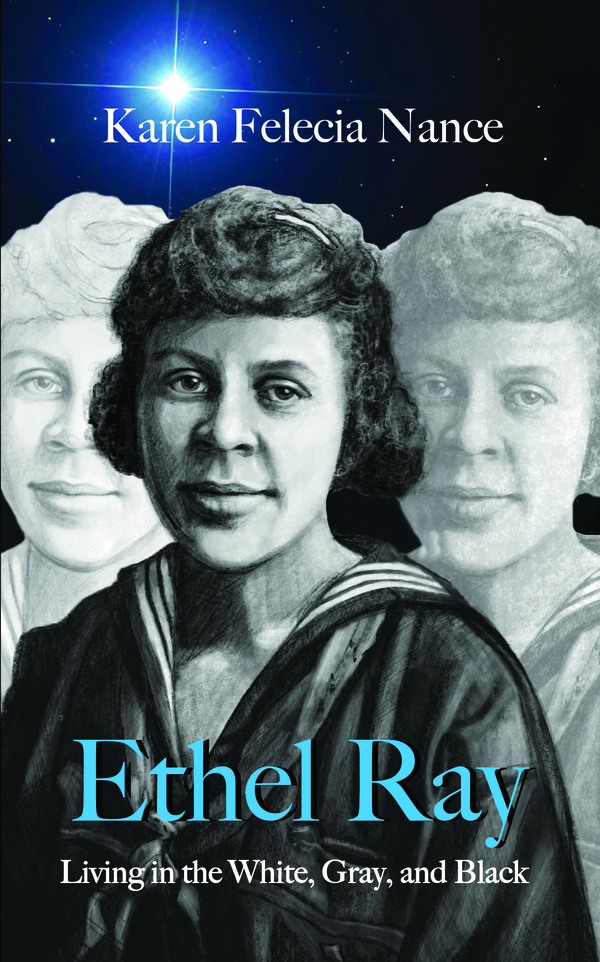
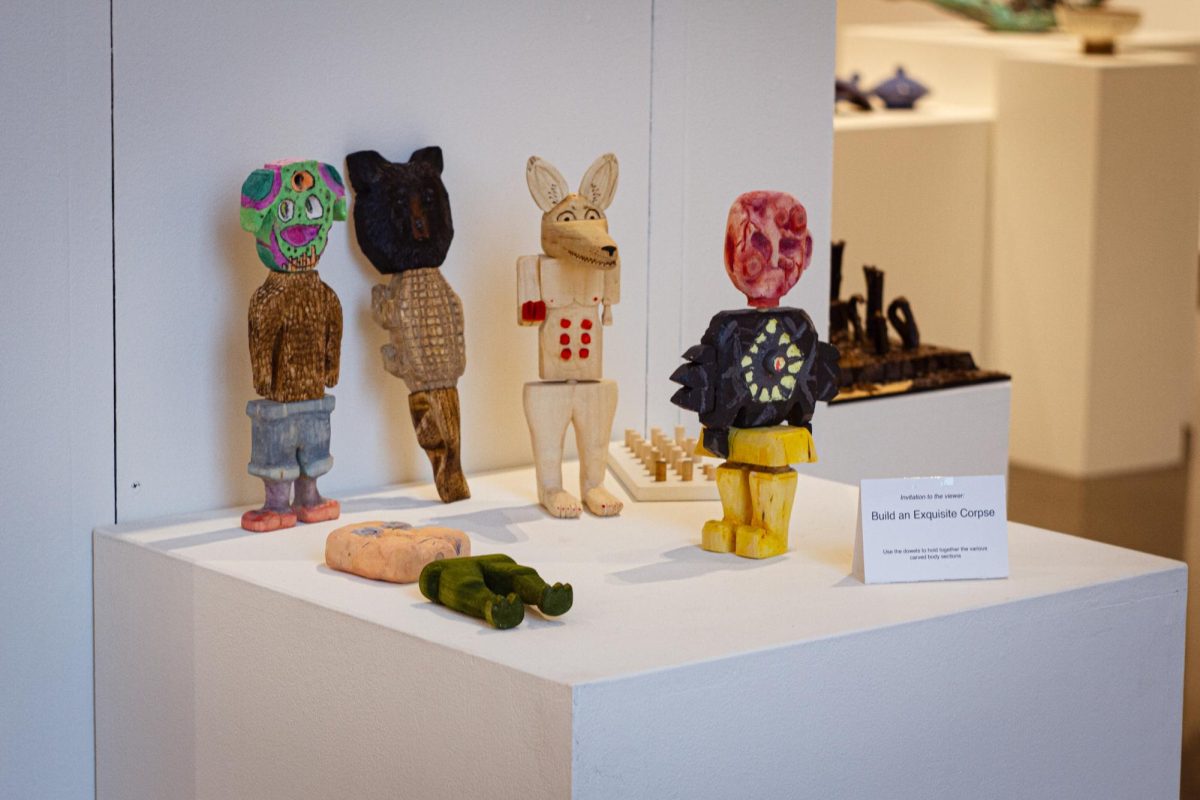
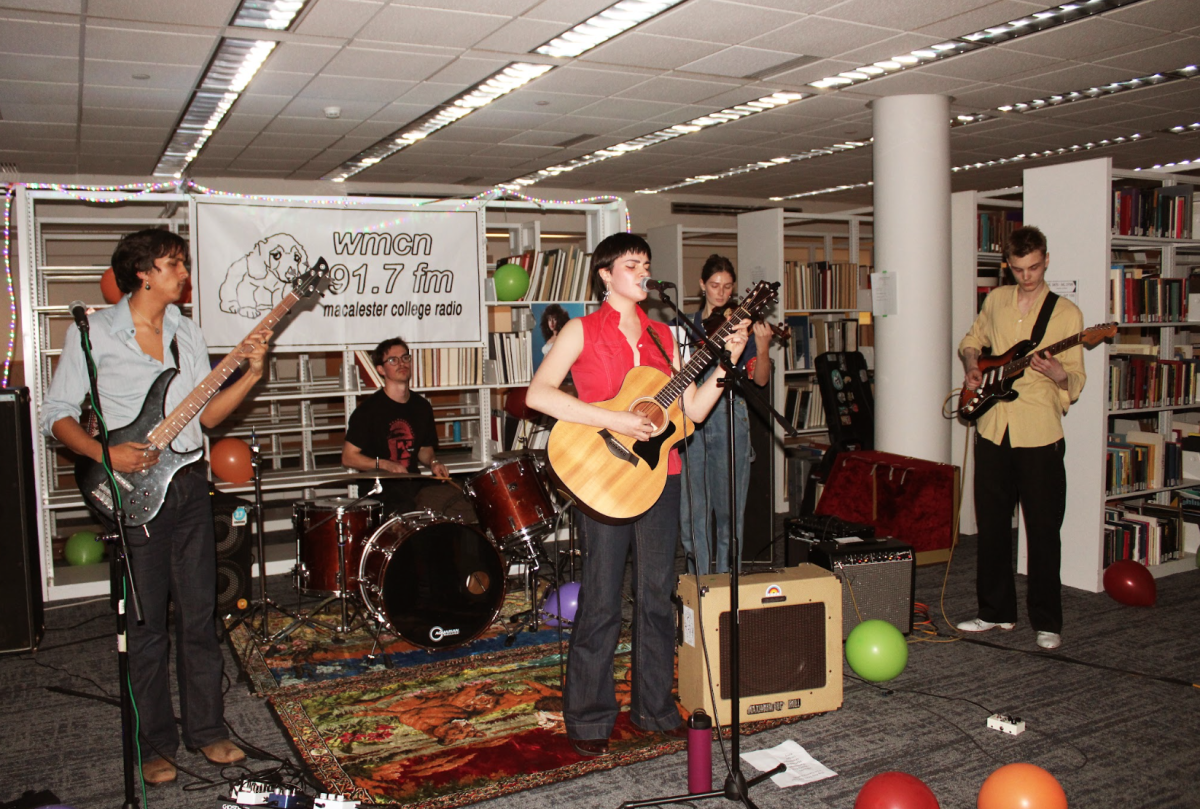
Karen Hamilton • Sep 11, 2019 at 5:02 pm
I have seen that costs for on-line degree authorities tend to be a terrific value. For example a full 4-year college Degree in Communication from The University of Phoenix Online consists of Sixty credits from $515/credit or $30,900. Also American Intercontinental University Online comes with a Bachelors of Business Administration with a whole school element of 180 units and a worth of $30,560. Online degree learning has made taking your certification much simpler because you can earn the degree from the comfort of your dwelling place and when you finish from office. Thanks for other tips I have learned through the site.
Una Paige • Sep 10, 2019 at 11:11 am
Hi, I think your site might be having browser compatibility issues. When I look at your blog in Safari, it looks fine but when opening in Internet Explorer, it has some overlapping. I just wanted to give you a quick heads up! Other then that, fantastic blog!
Ian Rees • Sep 5, 2019 at 5:37 am
Its like you read my mind! You seem to know so much about this, like you wrote the book in it or something. I think that you could do with a few pics to drive the message home a little bit, but other than that, this is great blog. An excellent read. I will definitely be back.
Barbara Ruesga • Jul 23, 2019 at 7:21 am
Mass parsite http://bit.ly/2W9CVkn